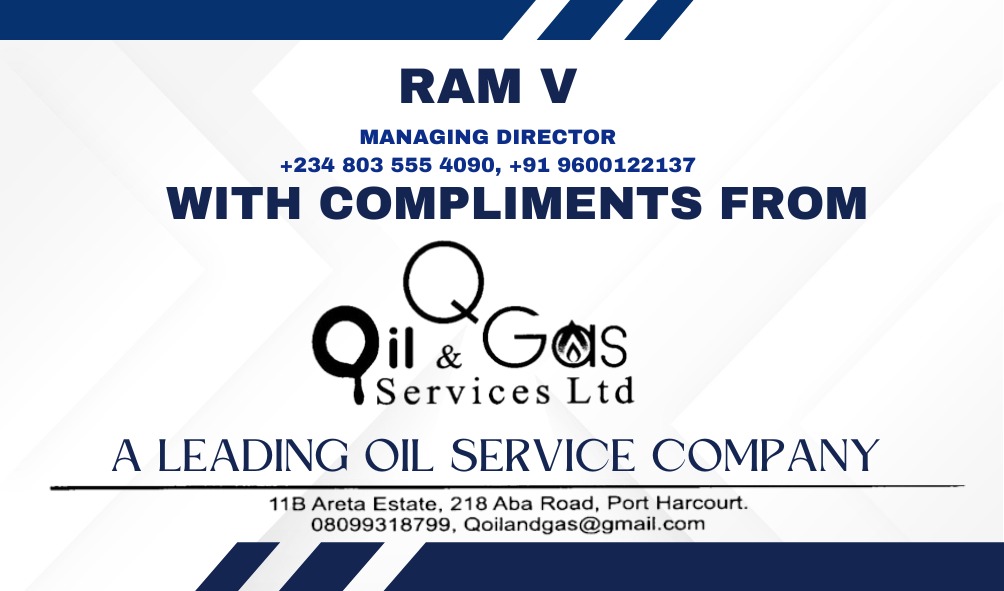Welder Training
About department
description
Welder (Gas & Electric) is a mechanical engineering vocational trade. Trade course comprises mainly like welding skills and metal working techniques used in the exploration of metal sculpture; hot and cold working of steel, shielded metal arc welding, oxy-fuel and plasma arc cutting, weld design and finishing techniques; emphasized through hands on instruction and practice with the opportunity for creative expression and practical application.


Connect with us
Beneficial
- Courses under this: Training may include:
- Welding Safety Procedures
- Welding Theory and Principles
- Welding Processes (e.g., Arc welding, MIG welding, TIG welding)
- Metal Fabrication Techniques
- Reading and Interpreting Welding Blueprints
- Welding Inspection and Quality Control
- Heat Treatment and Metallurgy Basics
- Welding Equipment Maintenance
- Occupational Health and Safety Regulations
- Course Level: It’s typically a vocational training program.
- Duration: The duration varies, but it typically ranges from a few weeks to a year, depending on the program’s intensity and depth.
- Mode: Offered in various modes including full-time, part-time, and apprenticeship programs. Some institutions may also offer online or distance learning options.
- Eligibility Criteria: The eligibility criteria may vary depending on the institution and program. Generally, candidates should have completed at least secondary education (10th grade or equivalent) from a recognized board. Some programs may have specific age criteria or prerequisites related to technical aptitude.
- Admission Process: Admission processes may involve submitting an application form along with academic transcripts, attending an entrance exam or interview, and meeting any other requirements set by the institution.
- Areas of Employment: Graduates of Welder courses can find employment opportunities in various sectors, including:
- Manufacturing industries (e.g., automotive, aerospace, shipbuilding)
- Construction companies
- Fabrication shops
- Repair and maintenance services
- Oil and gas industries
- Government agencies
- Self-employment as independent contractors or entrepreneurs in welding services.
- Courses under this: Training may include:
- Welding Safety Procedures
- Welding Theory and Principles
- Welding Processes (e.g., Arc welding, MIG welding, TIG welding)
- Metal Fabrication Techniques
- Reading and Interpreting Welding Blueprints
- Welding Inspection and Quality Control
- Heat Treatment and Metallurgy Basics
- Welding Equipment Maintenance
- Occupational Health and Safety Regulations
- Course Level: It’s typically a vocational training program.
- Duration: The duration varies, but it typically ranges from a few weeks to a year, depending on the program’s intensity and depth.
- Mode: Offered in various modes including full-time, part-time, and apprenticeship programs. Some institutions may also offer online or distance learning options.
- Eligibility Criteria: The eligibility criteria may vary depending on the institution and program. Generally, candidates should have completed at least secondary education (10th grade or equivalent) from a recognized board. Some programs may have specific age criteria or prerequisites related to technical aptitude.
- Admission Process: Admission processes may involve submitting an application form along with academic transcripts, attending an entrance exam or interview, and meeting any other requirements set by the institution.
- Areas of Employment: Graduates of Welder courses can find employment opportunities in various sectors, including:
- Manufacturing industries (e.g., automotive, aerospace, shipbuilding)
- Construction companies
- Fabrication shops
- Repair and maintenance services
- Oil and gas industries
- Government agencies
- Self-employment as independent contractors or entrepreneurs in welding services.



